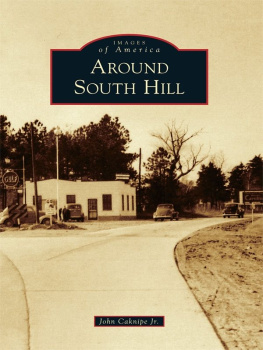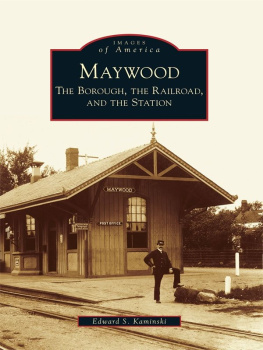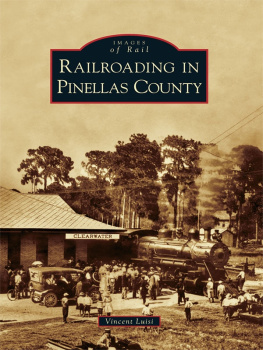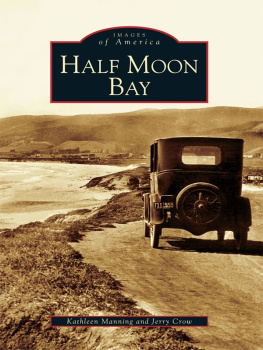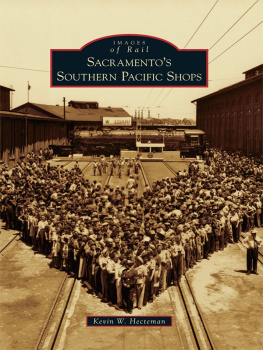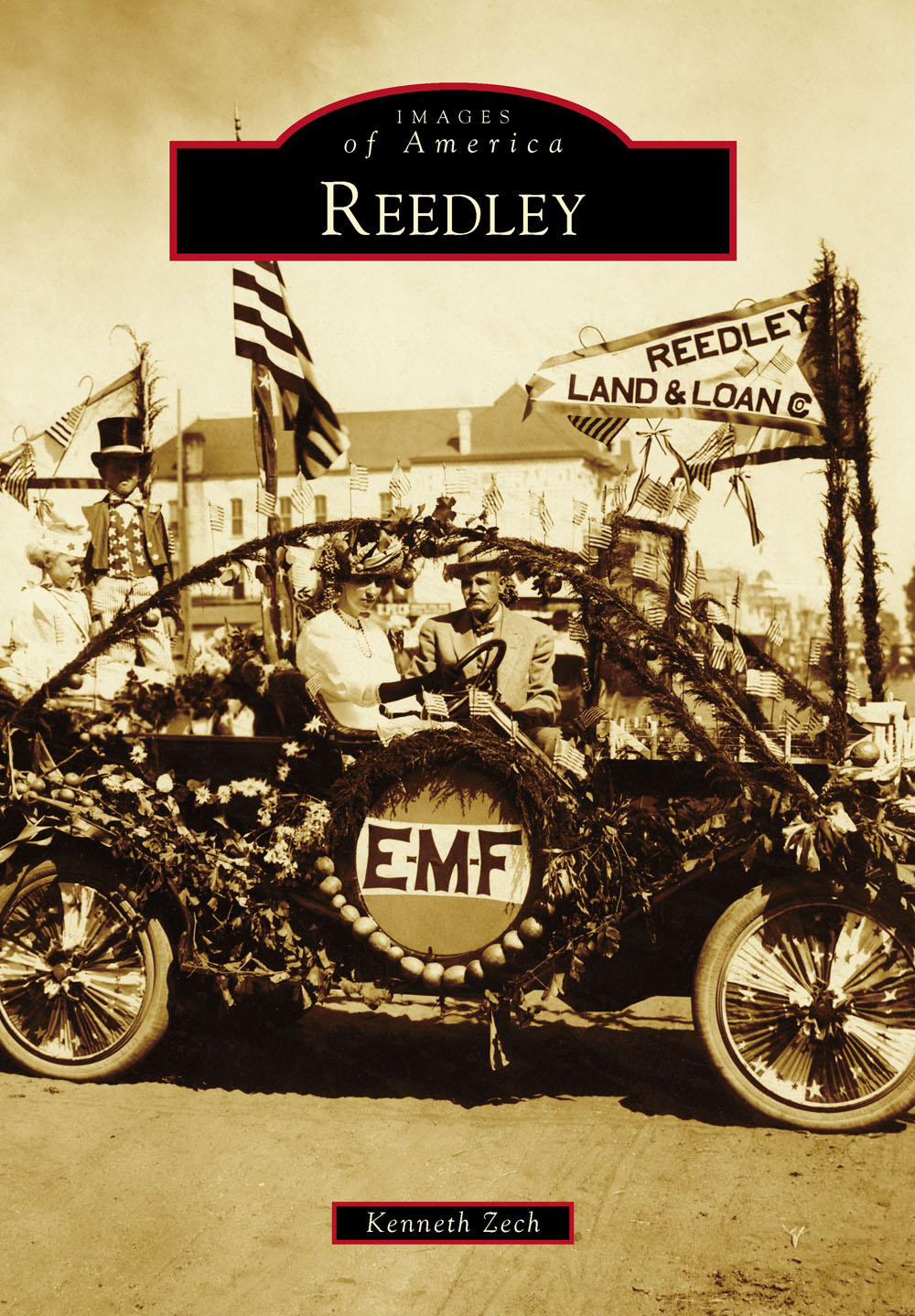
IMAGES
of America
REEDLEY

The first auction sale of town lots in Reedley occurred on April 25, 1889. The Traver Advocate published this advertisement in its April 13 and 20 issues. It was later reported that an excursion train from Fresno, with six coaches packed to the doors, arrived for the sale. (Authors collection.)
ON THE COVER: One of many entries in the Fourth of July parade of 1911 was Allen E. and Sarah McClanahans elaborately decorated E-M-F automobile (founded by Everitt, Metzger, and Flanders). Allen McClanahan came to California in 1898 as a nine-year-old and was one of Reedleys earliest citizens. He was a partner of T.L. Reed in the development of the town. An active community volunteer, he received recognition for his work with the Red Cross during World War I. (Courtesy of the Reedley Historical Society.)
IMAGES
of America
REEDLEY
Kenneth Zech

Copyright 2015 by Kenneth Zech
ISBN 978-1-4671-3267-1
Ebook ISBN 9781439649695
Published by Arcadia Publishing
Charleston, South Carolina
Library of Congress Control Number: 2014942963
For all general information, please contact Arcadia Publishing:
Telephone 843-853-2070
Fax 843-853-0044
E-mail
For customer service and orders:
Toll-Free 1-888-313-2665
Visit us on the Internet at www.arcadiapublishing.com
CONTENTS
ACKNOWLEDGMENTS
This book would not have been possible without the work of dedicated individuals who, through the years, have recorded and preserved the history of Reedley. Deserving special mention are three persons: John C. McCubbin, a Traver and Reedley pioneer, was the earliest chronicler of Reedley area history. Many years later, Katharine Nickel, an elementary school teacher, undertook the task of compiling and publishing the first book on Reedleys history. In more recent years, Budd Brockett, longtime editor of the Reedley Exponent, pored over decades of newspaper reportage so as to acquaint modern readers with the countless details of Reedleys origins and development.
And then there were the photographers. We do not know all their names, but we know some of the most important. Charles C. Curtis probably made more photographs of Reedley in its first few years than anyone else. He was based in Traver and was a onetime member of the utopian socialist Kaweah Colony. George Besaw, who specialized in postcards, had his studio in Reedley. His postcards of Reedley and other California towns are now highly sought collectors items. August Nelson opened his studio in Reedley in 1919. His son Arthur joined the business in 1920. For decades, they were on the scene to record Reedley events and development.
Thank you to Pamela Melville and Michael J. Semas, who graciously lent photographs from their collections for use in this book. Unless otherwise noted, all photographs in this book are from the collections of the Reedley Historical Society Museum.
Thank you to Diana Bulls, who kindly agreed to review the manuscript before it was sent to the publisher.
Finally, thanks must go to the Reedley Historical Society volunteers. Since 1976, dozens of enthusiastic and hardworking members have labored to preserve and record the history of the Reedley area. All share in the authorship of this book.
All the authors royalties earned from the sale of this book will go to support the Reedley Historical Society.
INTRODUCTION
Thomas Law Reed was just 10 days short of his 37th birthday when he arrived in Fresno County with 11 horses and mules and some borrowed money. The date was March 3, 1884.
Several shareholders of the 76 Land and Water Company persuaded Reed to try his hand at farming here. The 76 Company was founded in 1882 with the idea of building an irrigation project that would bring Kings River water to 130,000 acres of southern Fresno County and northern Tulare County. They would make money by selling the land and the water. By their calculation, T.L. Reed was just the sort of man who could prove, by example, the lands value.
Reed took up temporary residence in the abandoned Smiths Ferry Hotel. For the better part of that first month, Reed labored, turning furrows on land that had never known a plow. When he was done, he had planted a modest 200 acres in wheat. He returned to his home in Yolo County later in the year to harvest his last crop. In November, he came back to 76 Country, this time with his wife, Amantha, and their four children. They were here to stay.
The Reeds were not the first white settlers in what would become Reedley. That distinction goes to the family of James and Martha Smith, who arrived in 1855. In fact, the Smiths had built the abandoned hotel that the Reed family later occupied. The Smiths came to the area to conduct a ferry service on the Kings River and to operate a way station for weary travelers, both of which were located on the east bank of the river, near the present-day Olson Avenue bridge. By all accounts, it was a successful business, until the encroachment of civilization rendered the ferry obsolete. The railroad had advanced down the valley, and wagon bridges were being built. The ferry and hotel were abandoned in 1874.
Just as the Reeds were not the first white settlers, the Smiths were not the first people to live here. The Reedley areas earliest residents were, of course, Native Americans. The Yokuts people, comprised of close to 50 distinct tribes, had once occupied the entirety of the San Joaquin Valley. The late Oscar Noren identified 20 of their habitation sites within a five-mile radius of Reedley. By the time the Reed family arrived to farm along the Kings River, dispossession, disease, and worse had already taken a severe toll on the Yokuts.
In 1885, T.L. Reed increased his wheat acreage and planted Egyptian corn. The next year, he purchased two sections of land along todays Reed Avenue. Ultimately, he would have thousands of acres under cultivation.
Getting his wheat to the railroad for shipment was not an easy task. The nearest rail stop was 12 miles away, in Traver. Reeds opportunity to solve this problem came when the Southern Pacific Railroad decided to build a branch line on the east side, from the city of Fresno to Kern County. Reed made a deal with Southern Pacific. In exchange for a half interest in 360 acres of Reeds farmland, the railroad would build a depot along its eastern branch and help develop a townsite. It was the sort of deal that landowners all along the right-of-way were eager to make.
So, in 1888, the Southern Pacific laid its rails and built its depot. The railroads land development subsidiary, the Pacific Improvement Company, began selling the town. Reed did, too. Lots on the townsite were sold, as were colony lots adjoining the townsite. The name the railroad chose for this new town was Reedley.
It was mostly European Americans who arrived in Reedley in the very first years. Some were recent immigrants or the children of immigrants. Also among the arrivals were the Chinese, along with a number of German Jews. Many early settlers were descended from families who, over several generations, had continued to move west across the United States.
Reedleys ethnic mix greatly expanded after the turn of the century. A settler would arrive, then tout the region to his countrymen, and others would follow. The colony system of land development tended to encourage this, and the railroad promoted it. In the first two decades of the 20th century, Reedley saw the development of several distinct ethnic communities. These groups included Japanese, Mexicans, Armenians, Mennonites, Lebanese, Finns, Danes, Filipinos, and Koreans.
Next page


